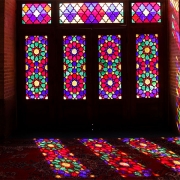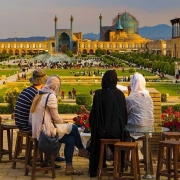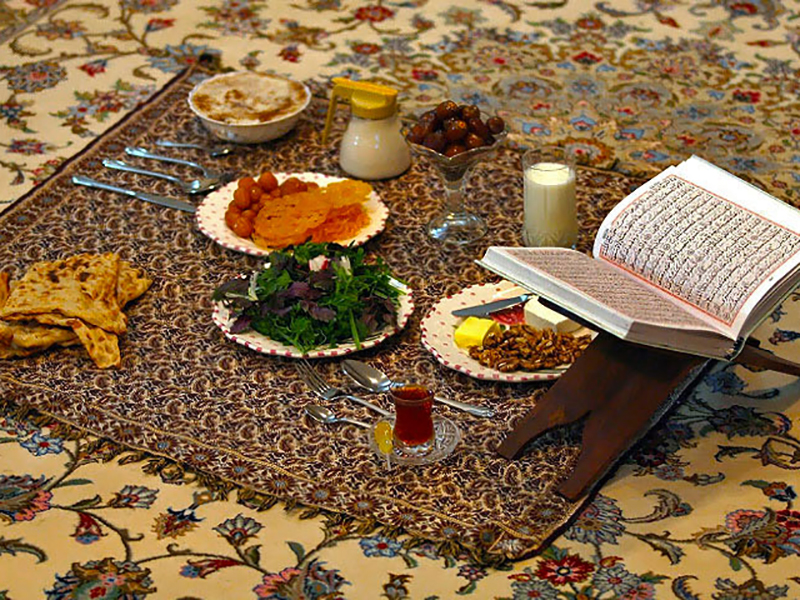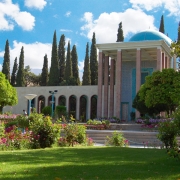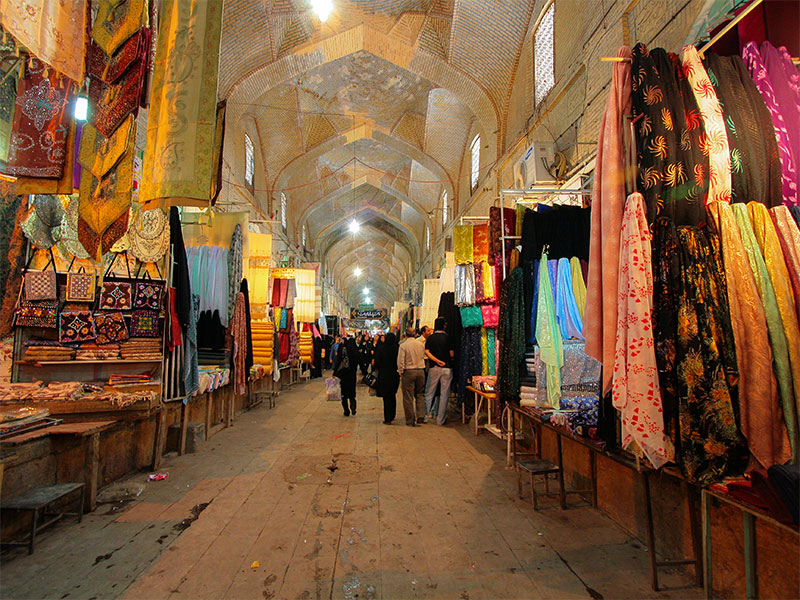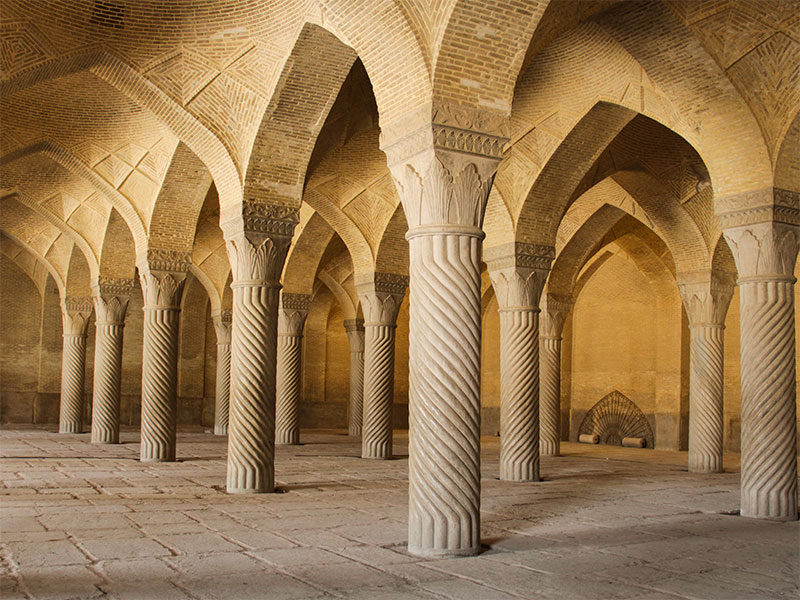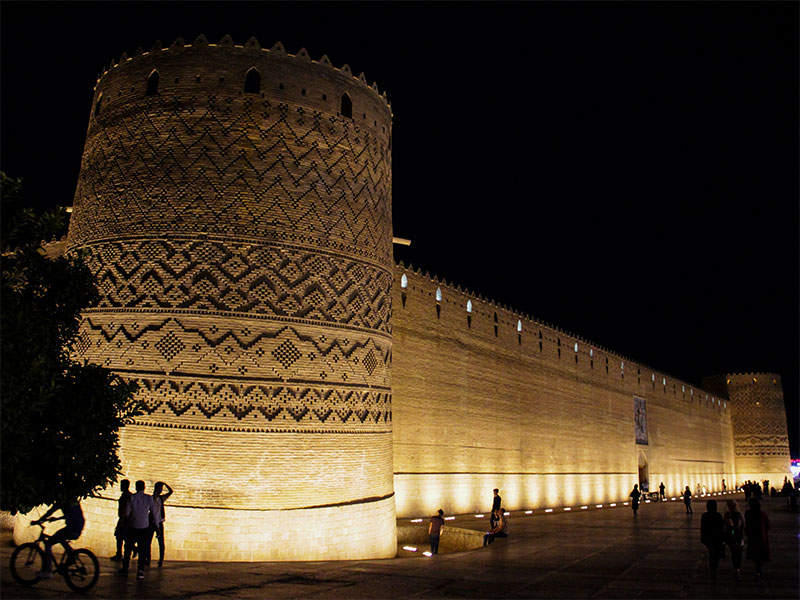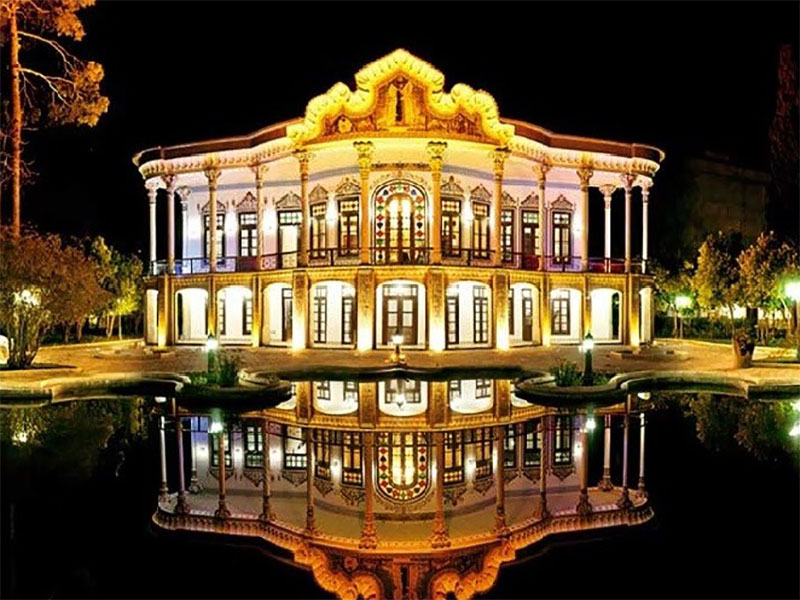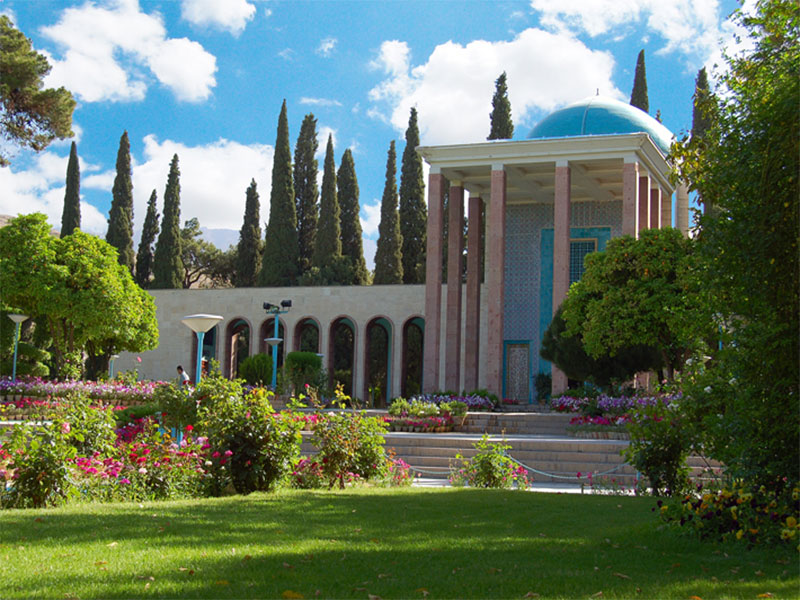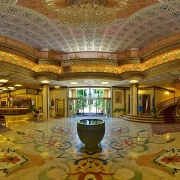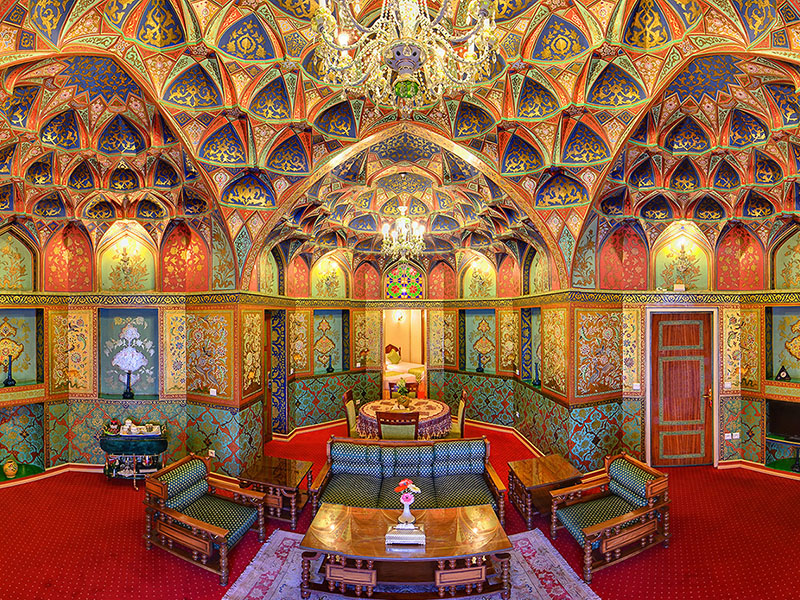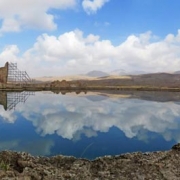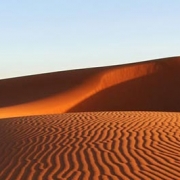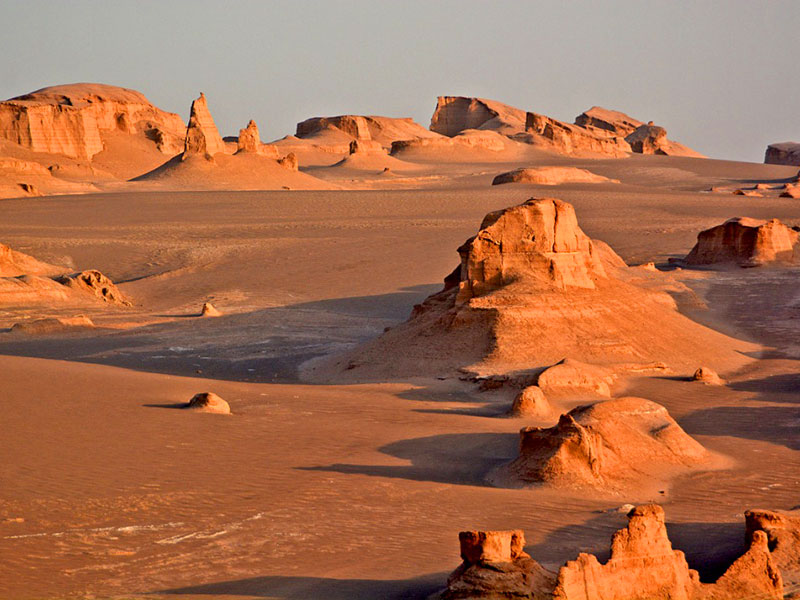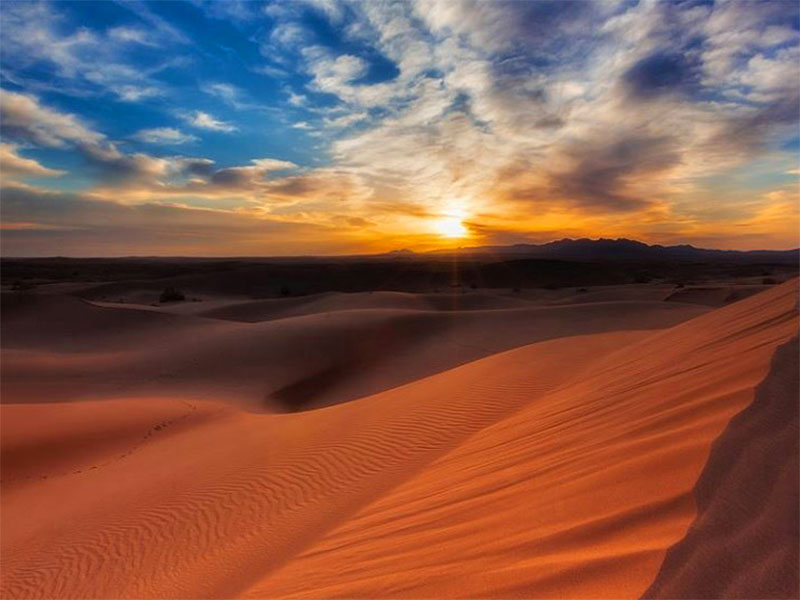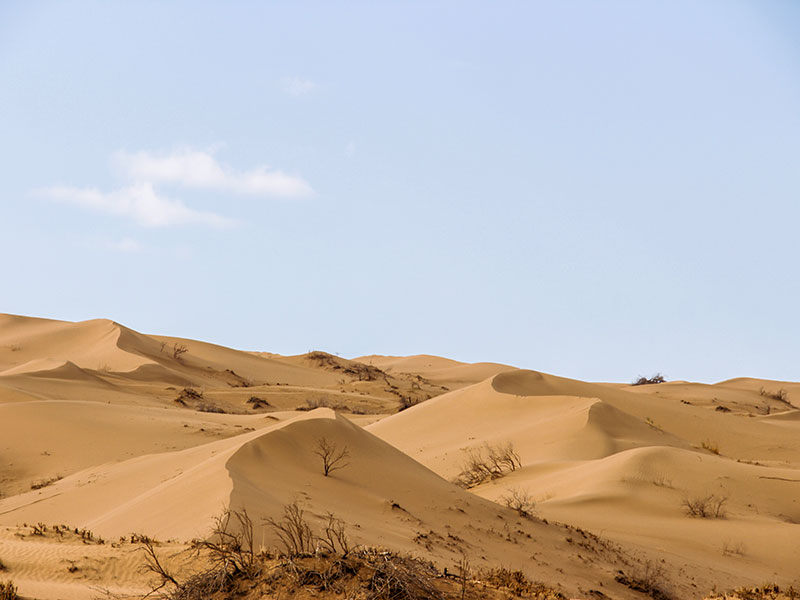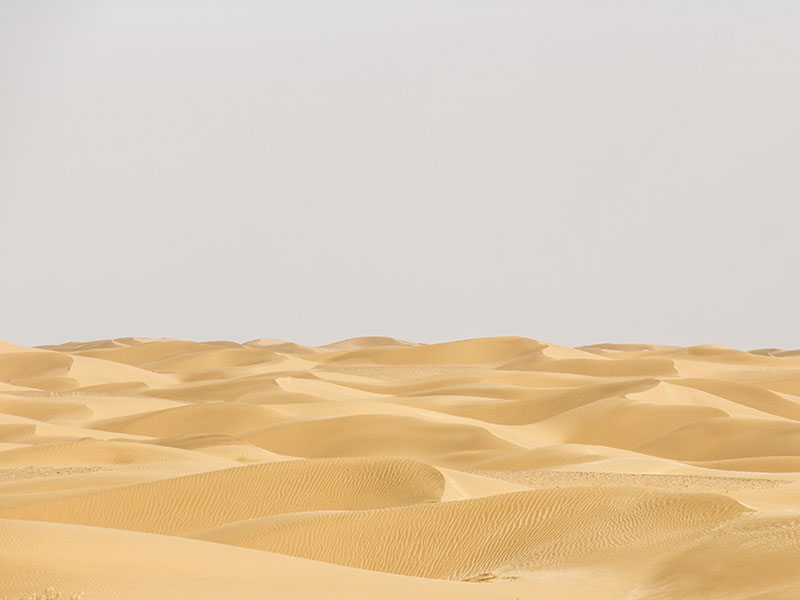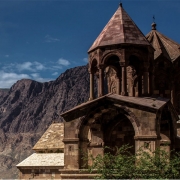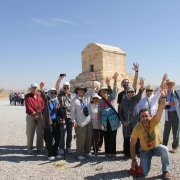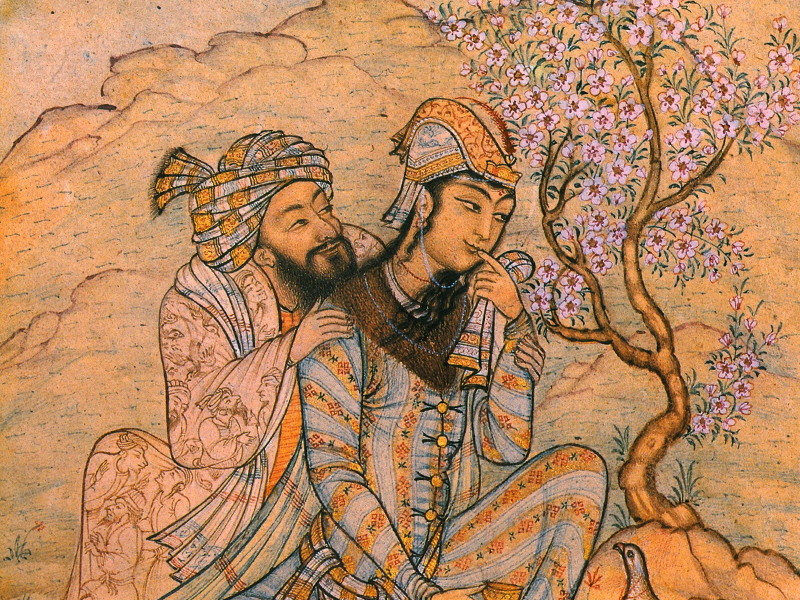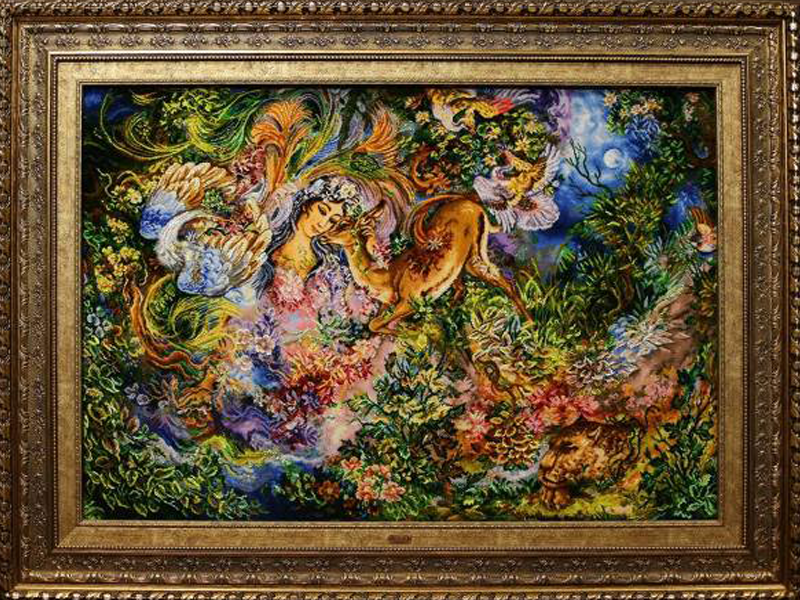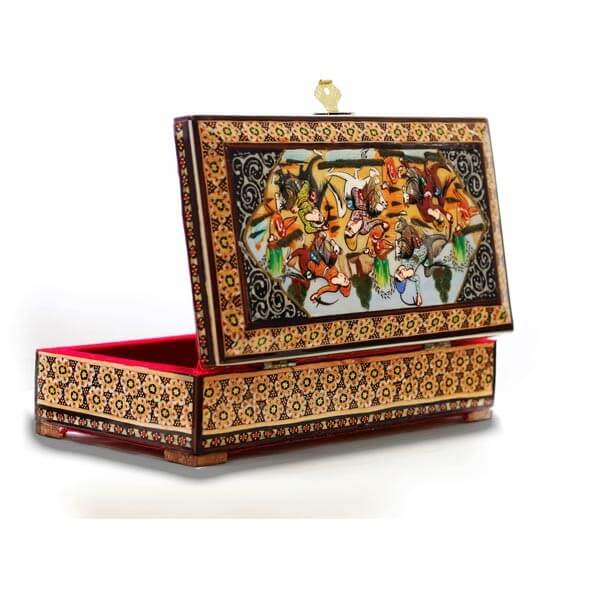Where you should go to visit while traveling to Iran? Shiraz and Isfahan are just some parts of this country. stay with us to find the most mysterious places in Iran you should go to.
Takht-e Soleyman Lake
Takht-e Soleyman is a spectacular area with lots of secrets, the most impressive area is Takht-e Soleyman Lake located in the center of the temple which is one of the most mysterious places to in Iran.
There are many myths and beliefs about the origin of this sacred lake, one of which dates back to Soleyman the prophet. According to this story, Prophet Soleyman is said to have kicked his cane in the water and made it boil and after that, he ordered the construction of the buildings around the lake. For this reason, due to the many names given by various groups of people to this site, today it is known only as the name of Takht-e Soleyman or (the throne of Soleyman).
Many believe that a treasure trove of coins and golden plates belonging to Soleyman the prophet has been buried deep at the bottom of the lake which has attracted the attention of many people not only in Iran but around the world; While some Zoroastrians are of the opinion that these golds are the gifts that people used to offer to the goddess of water. The question is why no one has dared to access this valuable treasure so far.
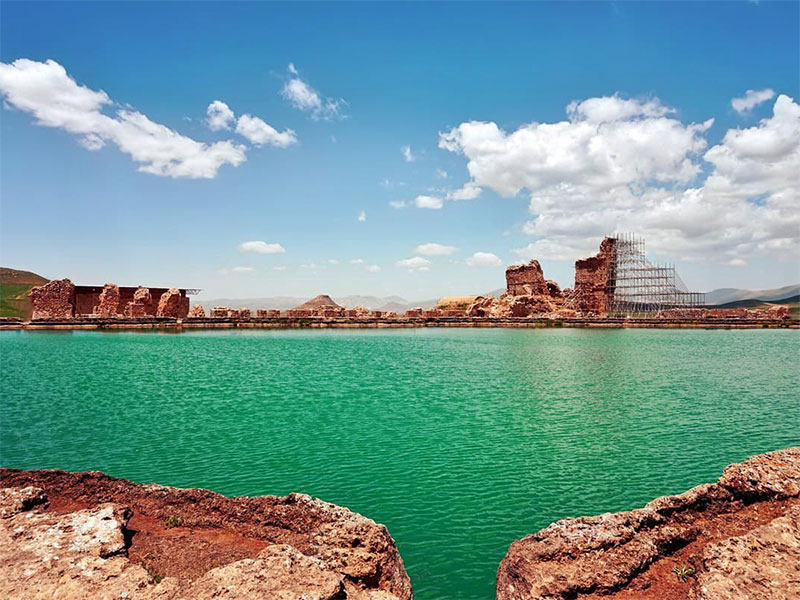
Takht-e Soleyman Lake in Azerbaijan Province, Iran
Well, there are extraordinary features about the lake; it is said that the lake formation started when the springhead began to boil in the current location of the lake of Soleyman’s tomb, and over a very long time it gradually became the present lake with its calcareous sediments; with a length of 100 meters, a width of 80 meters and depth of approximately 60 meters.
Another astonishing fact about this lake is that despite being located in the cold region of Azerbaijan, the temperature of the lake is stable and does not exceed or lower 21 centigrade during summer and winter!
No living creature lives from a depth of 1 meter down the lake due to the presence of hard water elements. The water is not potable you should not drink water or even touch it! According to Zoroastrianism, whoever touches this water, must hold special fasting for forty days.
Rig-e Jenn
This desert in the central part of Iran, is one of the most mysterious Iran deserts. Many people believe that it could not be crossed since many travelers never returned from this wide emptiness. According to the locals, the region is governed by evil spirits and so, it is cursed.
For many years, no one dared to travel to the region and find out about its mystery! However, the scientific explanation for these strange disappearances is that the desert is full of salt marshes, especially the southern parts, and identifying these marshes is not easy. Tourists should travel with a guide to follow the right direction, otherwise, they will put their life in danger.
A strong whirlwind here causes the sandy hills to move in a way that in some areas driving would almost be impossible on these steep slopes. Special dune riding techniques with optional activities like sandboarding and skiing on dunes will pump adrenalin into the veins which is one of the main reasons why adventurers love to experience this scary zone.
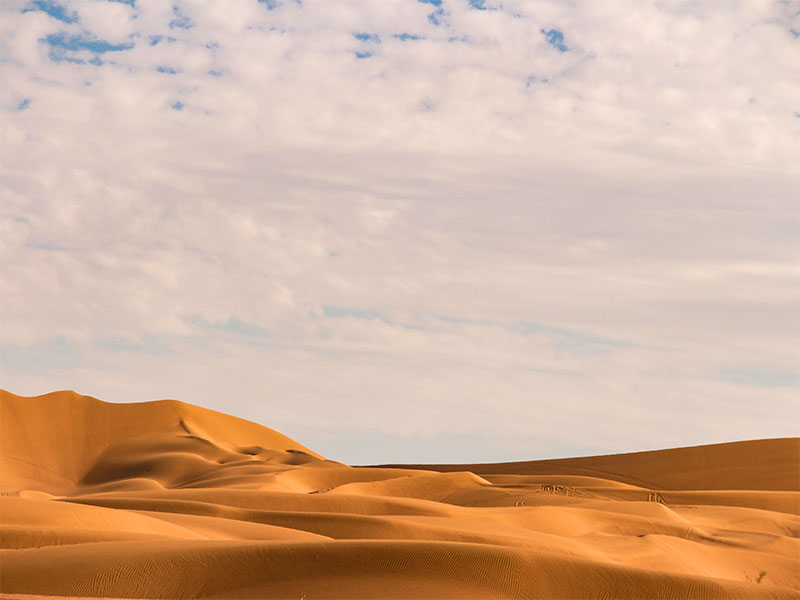
Rige-Jen, the Bermuda Triangle of Iran.
If you are still interested in experiencing some adventure here, do not go alone, you must travel in a group and pack food, water, petrol, and the highest level of equipment for at least 15 days! Do not forget your map. Wish you an awesome adventure (Rig-e Jenn safari tour)
Screaming Forest of Torqabeh
In the northeast of Iran, there is a mysterious forest that produces scary voices like screaming at night. As the locals were frightened, an expert team was deployed to the region to find out the mystery. They reported that the sounds were attributed to a kind of grasshopper that attacks the villages in large numbers, especially during rainy seasons, their lifespan lasts for forty days. However, the locals still relate these strange screams to jinn and supernatural creatures, and their stories have attracted many tourists to the region every year; this streaming forest is among the mysterious places to visit in Iran.
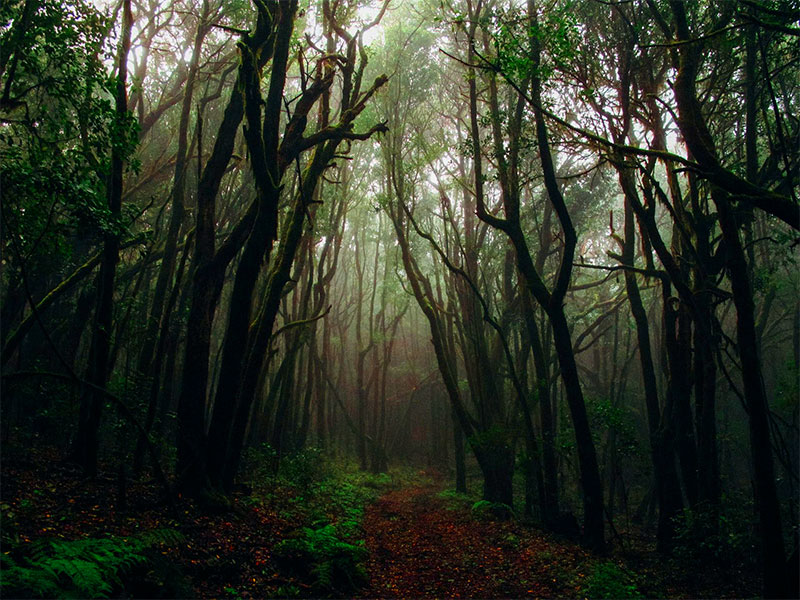
Screaming Forest Torghabe
Shahdad Kalout
Kalouts are unique geological formations that have been made by extreme soil and water erosion through centuries. These natural attractions look like a mysterious city in the Lut desert, a captivating beauty that fascinates every visitor and one of the must-see places to visit in Iran.
Here is simply the hottest place on the Earth’s surface that NASA has ever registered; 71ºC! It is absolutely an abiotic zone; no living creature can endure here. So, if creatures like snakes and scorpions deter you from visiting desert areas, Shahdad is the best place to visit.
This legendary city has been caused by the strong winds of Semnan, which blow 120 days of the year, between June to October, and has extended over 11 thousand kilometers. These strong winds are the principal reason for Kalout’s creation, the greatest geological phenomenon.
Given that this desert is one of the hottest places to visit in Iran, the best time to travel to Shahdad is winter. You need legal permission to travel to this natural site and it would be best to travel in a group so as not to get lost.
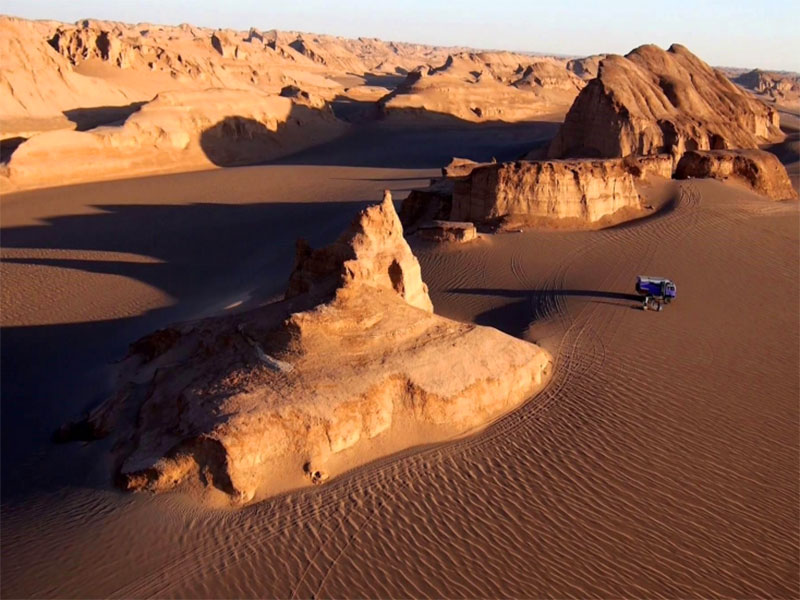
Shahdad Desert, the Hottest Place on Earth
Tallaght Wells
Thousands of years ago people of Qeshm island, one of the thirstiest parts of Iran close to the equator, dug 366 wells in the stone, representing the number of days in a leap year, in order to gather clean water from rainfall.
Each well has a name and people used one for each day. Water has always been the most valuable thing for people of the area, Laft, is more valuable than gold. These wells are located out of the island and next to the historic Naderi Castle in a village called “Laft”. There are some old and huge trees rooted in the stones next to the Tallaght wells, which locals believe are guardians of the Tallaght wells.
The liveliness of these trees shows that water is available in the wells. Since the wells are situated in a deeper area next to a coral hill, the rainwater goes downhill and would be saved in the wells. The bottom of the wells is covered with plaster that helps water to stay clean and cool for a long time.
Tallaght Wells are just 25 kilometers from the airport, so It would be the last attraction on Qeshm island that travelers might visit. The southern region of Iran has numerous historical and natural attractions and the best time of the year to book a tour in Iran to visit these parts is from late September to April (things to do in Qeshm)
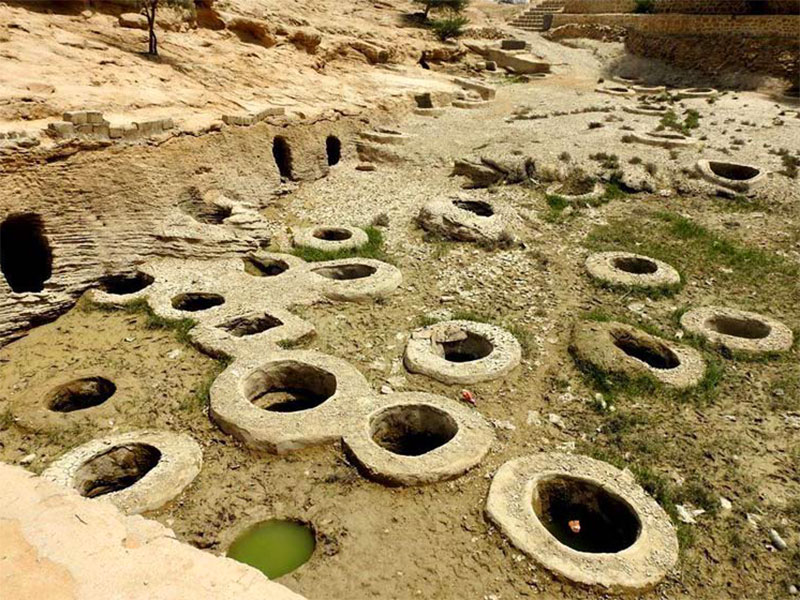
Tallaght-Wells
Fairy Chimneys (Hoodoo)
These strange geological wonders have been formed over many centuries by various physical and chemical natural forces; erosion through wind and acid rain has caused the formation of these badlands. However, the most powerful process that helps to form these sculptures is frost wedging. They are called fairy chimneys by the locals.
How these amazing geological forms are created? The melting snow, in the form of water, seeps into the cracks and freezes at night during winter. When water freezes it expands by almost 10 percent, little by little prying open cracks, making them ever wider, in the same way a pothole forms in a paved road.
One of the most well-known hoodoo-covered landscapes is Bryce Canyon in the USA, but these formations made of either sedimentary or volcanic rock can be found all around the world such as Cappadocia, Taiwan, New Mexico, New Zealand, Italy, France, and Canada.
Unfortunately, hoodoos don’t last a long time. The same processes that create hoodoos are equally aggressive and intent on their destruction.
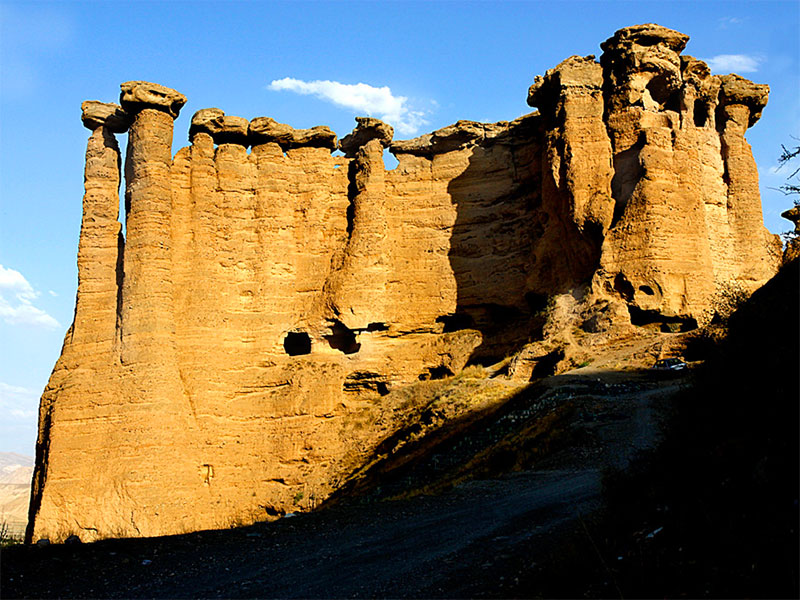
Hoodoos, Fairy Chimneys in Iran
Ghost Canyon (Kul Khersan)
Dezful, an astonishingly beautiful city with a rich history on the hillside of Zagros mountains is considered a heaven for photographers due to the amazing landscapes of Shouy waterfall, Shayoon Lake, Dez River, downside flowers, Dez National Park, and other rivers and sceneries that surprise every visitor.
One of these fascinating places to visit in Iran is Ghost Canyon or Kul Khersan Canyon which is among the unique natural attractions in the world.
Imagine a road that continues for several kilometers between walls with a height of more than 100 meters on either side, in some places the two walls meet each other in a way that allows the sunlight in, only through small holes. At the beginning of the road, you will see beautiful grasslands, there is also a small palm garden and some cedar trees on the way.
Welcome to Kul Khersan, a truly amazing place to visit in Iran; water drops along the tall walls, and in some places, small waterfalls can be seen. The walls have various forms in different parts of the canyon, sometimes straight and sometimes so curved to narrow the way and let only one person pass!
Why do local people have named here the ghost canyon? As you go further along the road, the walls get closer and taller so it gets dark inside, and rarely little sunlight is allowed in.
One of the strange features of this canyon is its temperature; cool during summer and warm in winter.

Kul Khersan Valley
The canyon will end in Dez River, there is about 4 kilometers of walking from the beginning of the road to reach the canyon and the canyon path continues for approximately 10 kilometers. Victors would better not to get close to the end of the road, since the water level rises and Dez River is dangerous to swim unless you are a professional swimmer!
The best time to visit Kul Khersan is in June when the weather is turning warm and it hardly rains.
Last Words
Iran has many unique and mysterious places to visit. Visiting these magical places will be one of the most memorable trips of your life. If you’re interested let us know, so we can plan the perfect plan for your exciting trip to Iran. Hope you enjoy your tour visiting mysterious places in Iran!
Are you planning to travel to Iran? Check out our Iran tours.

